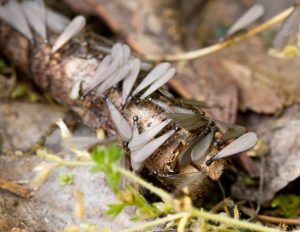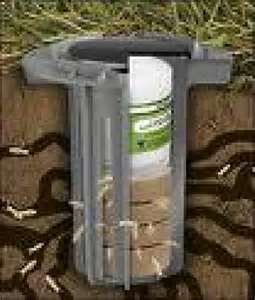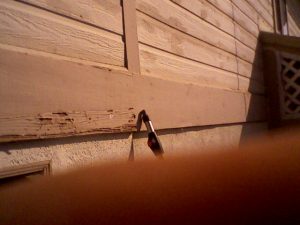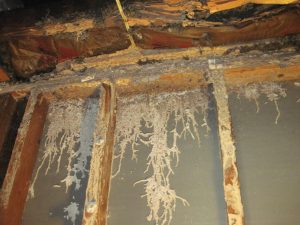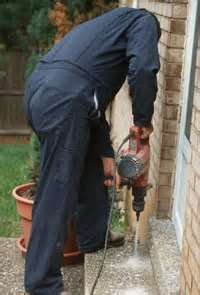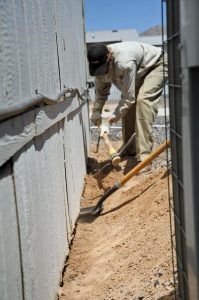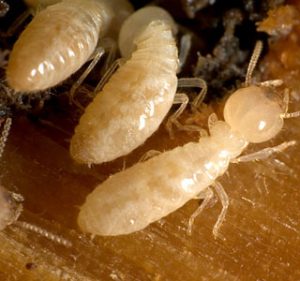About Termites – The Wood Destroying Insects
Termites are social insects that live in colonies of up to a million people. A colony is comprised of numerous structurally differentiated termite castes (including reproductives, soldiers, and workers) with distinct roles in communal life.
In the spring, swarms of winged reproductives abandon the parental nest to establish a new colony. The swarming lasts less than an hour, therefore it is highly unlikely that you will witness it. The winged reproductives resemble flying ants, which are frequently confused with them.
Our primary wood destroying pest is the Eastern Subterranean Termites. They are the most prevalent termites in our region. Drywood termites endanger North and South Carolina residences.
After termites, wood-boring beetles are the most common wood-destroying insects in residential structures. There are numerous different wood-destroying beetles, but the most well-known is the powderpost beetle. The degree of damage caused by wood-boring beetles depends on numerous variables. The severity of beetle damage depends on the type of wood (hardwood or softwood), the wood’s moisture level, and the environmental conditions at the infestation site. The term “powderpost beetles” refers to numerous small wood-boring beetle species. In North Carolina, our greatest issue is with anobiid (“an-oh-be-id”) powderpost beetles, which attack the softwood species (conifers) often used to construct floor joists, wall studs, and other structural lumber, such as spruce, pine, and fir. Only hardwoods, such as oak, ash, hickory, and maple, are attacked by Lyctid (“lick-tid”) powderpost beetles. They are typically an issue with antique furniture, cabinets, wooden flooring, and some interior moldings and trim in homes. Infested wood may appear normal on the surface, with no indication of an underlying disease.
